At Forté, we’ve spent more than 20 years fueling the ambitions of women from the MBA classroom to high-impact careers. With roots on both sides of the Atlantic, we’re now expanding our impact across the UK and Europe by asking bigger questions about global women’s leadership.
What do high-potential women in the US and Europe share? Where do their journeys diverge? And what can we learn from each other?
To launch our new series on Women & Leadership Across the Atlantic, we’re starting with one of the most visible symbols of power and progress: the corporate boardroom.
One Goal, Two Playbooks
On both sides of the Atlantic, women have made meaningful progress in gaining board seats. But how they’ve gotten there, and how fast, depends a lot on geography.
In Europe, boardroom gender balance is being driven by government regulation. Countries like France and Italy have imposed legal quotas requiring that 40% of board seats at large companies go to women. The result? Today, those countries are leading the rest of the EU, and the world, with women holding about 45% of board seats in those countries Even in the UK, where there’s no legal mandate, voluntary targets have worked: women now hold over 40% of FTSE 350 board seats.
In the US, the story is different. There are no national gender quotas. Instead, progress has come through nonprofit advocacy, investor pressure, and market-based reforms. Campaigns like 50/50 Women on Boards, plus major investors like BlackRock and State Street, have pushed for diversity through shareholder votes and public accountability. The result? Women now hold about 33% of board seats on the S&P 500 , which is a big leap from just a decade ago.

From Brussels to Boston, women are building the boardrooms of the future.
Same Momentum, Different Headwinds
The US approach has been organic and powerful, but also more vulnerable to shifting winds. While many American companies are still committed to diversity, political pushback against DEI efforts has led some to pull back or go quiet. In 2024, for example, several top investors softened or dropped their board diversity voting guidelines under pressure.
In Europe, the regulatory foundation offers more stability. Board diversity isn’t just a corporate goal, it’s policy. That consistency gives women (and companies) a clearer roadmap to follow.
The Takeaway
For women aiming to lead at the highest levels, both systems matter. Europe shows that bold policy can open doors quickly. The US proves that grassroots and investor-driven change can be highly effective if it can be sustained.
At Forté, we believe real progress happens when all these forces work together: policy, business, education, and individual ambition.
Whether through mandates or momentum, the progress is real. From Brussels to Boston, women are building the boardrooms of the future.










